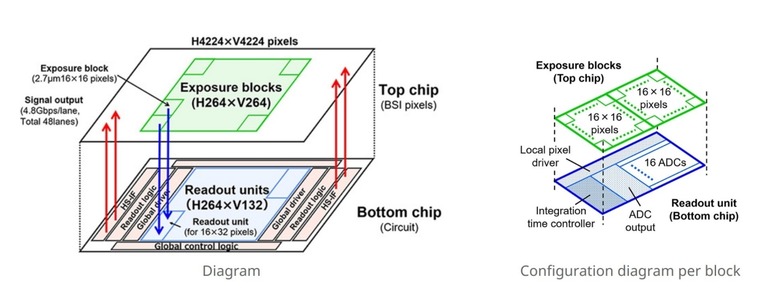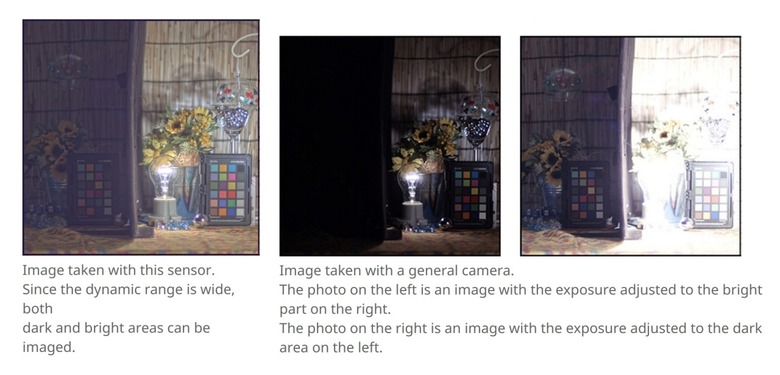Nikon 1-Inch Stacked CMOS Sensor Boasts 1000 Fps Shooting
While smartphone makers are still playing the megapixel game, camera makers are looking into other aspects of digital photography that can still be improved. Nikon, for example, just boasted the development of a new stacked CMOS sensor that can shoot high-resolution images, up to 4K in fact, at a rate of 1,000 frames per second. While that a\lone might already be impressive, it isn't the only feat that this sensor is capable of.
Most consumers will probably be familiar with high frame rates as the feature that enables slow-motion video recording. Those usually top out at 120 to 240 fps, which makes this 1,000 fps seem overly excessive. That said, the super-fast frame rate has application beyond digital cameras and smartphones, specifically automobiles that need to be always "aware" of its surroundings even when moving at fast speeds.

The sensor's impressive capability is thanks to its unique structure. While stacked CMOS sensors are nothing new, Nikon's innovation is that the bottom chip that does the readout can directly control the top chip with the BSI sensors. This greatly reduces the lag in communication between layers, allowing the sensor to record 1,000 frames per second.
The top chip is actually divided into 264x264 blocks, each with 16x16 pixels, giving the sensor its 17.84 megapixel count. The bottom chip can also control the exposure individually for each of these blocks. In practice, this means that it can brighten up only specific dark areas of an image without overexposing the rest, unlike the all or nothing system that most sensors have.

While this 1-inch stacked CMOS is already impressive on its own, the fact that Nikon is developing it makes it even more so. Although known for its cameras, the company hasn't exactly made headlines when it comes to the research and development of imaging sensors and it is already making a big splash right off the bat.
